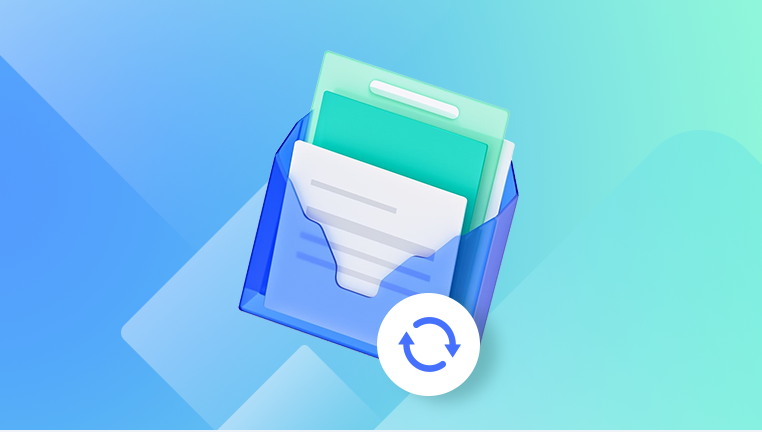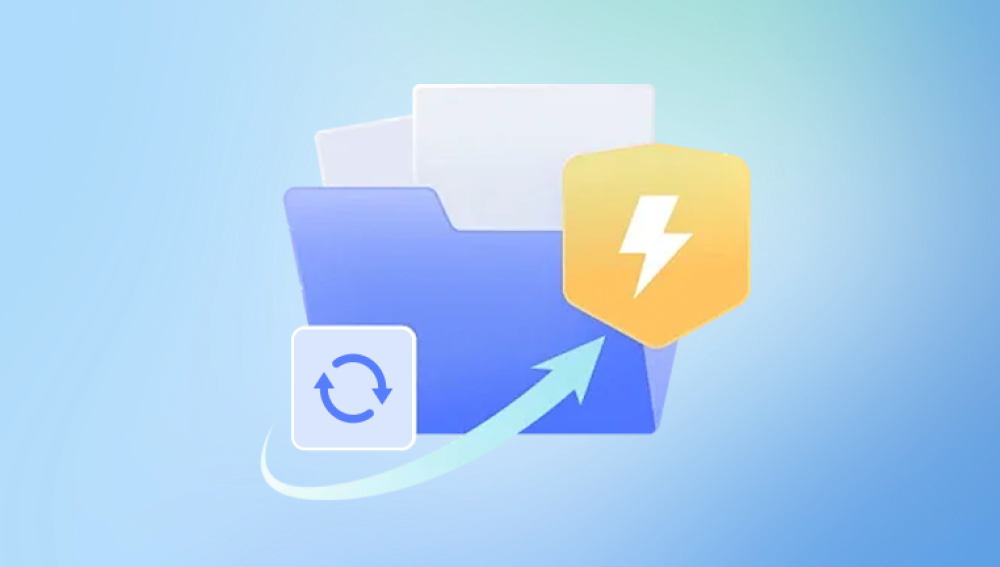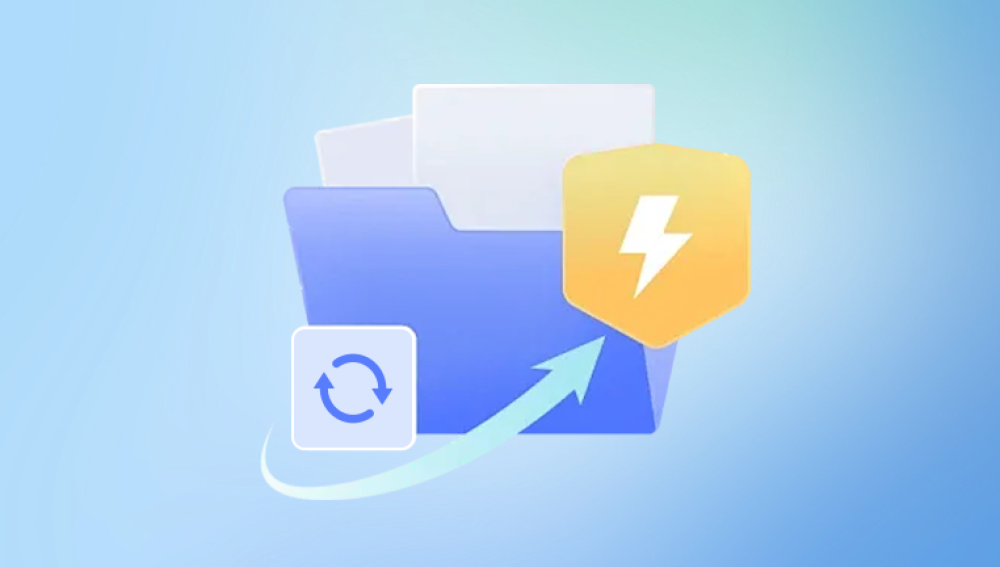Losing important PDF files can be a frustrating experience, whether it’s due to accidental deletion, formatting issues, or drive corruption. Fortunately, there are multiple ways to recover these files, ranging from built-in operating system features to specialized data recovery software.
1. PDF File Deletion
When you delete a PDF file, it typically doesn't vanish immediately. Instead, the operating system marks the space as available for new data, making it recoverable until that space is overwritten. Understanding this concept is crucial; the sooner you attempt recovery, the better your chances of success.
2. Check the Recycle Bin/Trash
Before diving into complex recovery methods, start with the simplest solution:
Windows:
Double-click the Recycle Bin icon on your desktop.
Look for your deleted PDF files.
Right-click the file and select Restore.
Mac:
Open the Trash.
Browse for your deleted PDF files.
Right-click and choose Put Back.
If you find your files here, the recovery process is complete.

3. Use File History (Windows)
If you have File History enabled, you can recover previous versions of your files:
Connect the drive that you previously used with File History.
Open File Explorer and navigate to the folder where the PDF was stored.
Click on the Home tab and select History.
Browse through the versions and select the desired file to restore.
4. Restore Previous Versions (Windows)
Windows maintains shadow copies of files, allowing you to restore earlier versions:
Right-click on the folder that contained the deleted PDF.
Select Restore previous versions.
Choose a version from the list and click Restore.
5. Use Time Machine (Mac)
For Mac users with Time Machine set up, recovering lost PDFs is straightforward:
Connect your Time Machine backup drive.
Open the folder where the PDF was located.
Click the Time Machine icon in the menu bar and select Enter Time Machine.
Use the timeline on the right to navigate to the date before the file was deleted.
Select the file and click Restore.
6. Third-Party Data Recovery Software
Panda Assistant is a cutting-edge data recovery software designed to restore lost or deleted files from various storage devices, including hard drives, SSDs, USB drives, and memory cards. With an intuitive user interface and powerful scanning algorithms, Panda Assistant makes it easy for both beginners and advanced users to recover important documents, photos, and videos effortlessly.
Additionally, Panda Assistant is compatible with both Windows and Mac operating systems, making it a versatile choice for all users. Regular updates ensure that the software remains effective against the latest data loss challenges. With a focus on security and ease of use, Panda Assistant stands out as a dependable ally in your data recovery journey, helping you regain control of your digital life without the stress of losing precious files. Choose Panda Assistant for peace of mind and efficient data recovery.
Download and Install:
Choose a data recovery software and install it on your computer. Avoid installing it on the drive from which you wish to recover files to prevent overwriting.
Launch the Software:
Open the program and select the drive or location where the PDF was deleted.
Scan for Deleted Files:
Initiate a scan. Depending on the software and size of the drive, this may take some time.
Preview and Recover:
After the scan, the software will display recoverable files. Use the preview feature (if available) to locate your PDFs.
Select the files you want to recover and follow the prompts to save them to a safe location.
7. Using Command Prompt (Windows)
For advanced users, the Command Prompt can sometimes help recover deleted files:
Open the Command Prompt as an administrator.
Type the following command to check for lost files:
bash
chkdsk X: /f
Replace X: with the letter of the drive where the PDF was deleted.
After the check completes, you may find your PDF files in a folder named found.000.
8. Recovering from Cloud Storage
If you were using a cloud storage service (like Google Drive, Dropbox, or OneDrive), check if your deleted files are recoverable:
Google Drive:
Go to the Trash section on Google Drive.
Locate your PDF and click on Restore.
Dropbox:
Log in to Dropbox.
Click on Deleted Files in the sidebar.
Select the PDF and choose Restore.
OneDrive:
Open OneDrive and go to the Recycle Bin.
Select your PDF and click Restore.
9. Preventative Measures for the Future
To minimize the risk of losing important PDF files in the future, consider these strategies:
Regular Backups:
Set up automatic backups using external drives or cloud storage.
Use File Recovery Tools:
Keep a reliable data recovery tool installed on your computer for emergencies.
Be Cautious:
Always double-check before deleting files.
Use Version Control:
For crucial documents, consider using version control software to keep track of changes.




